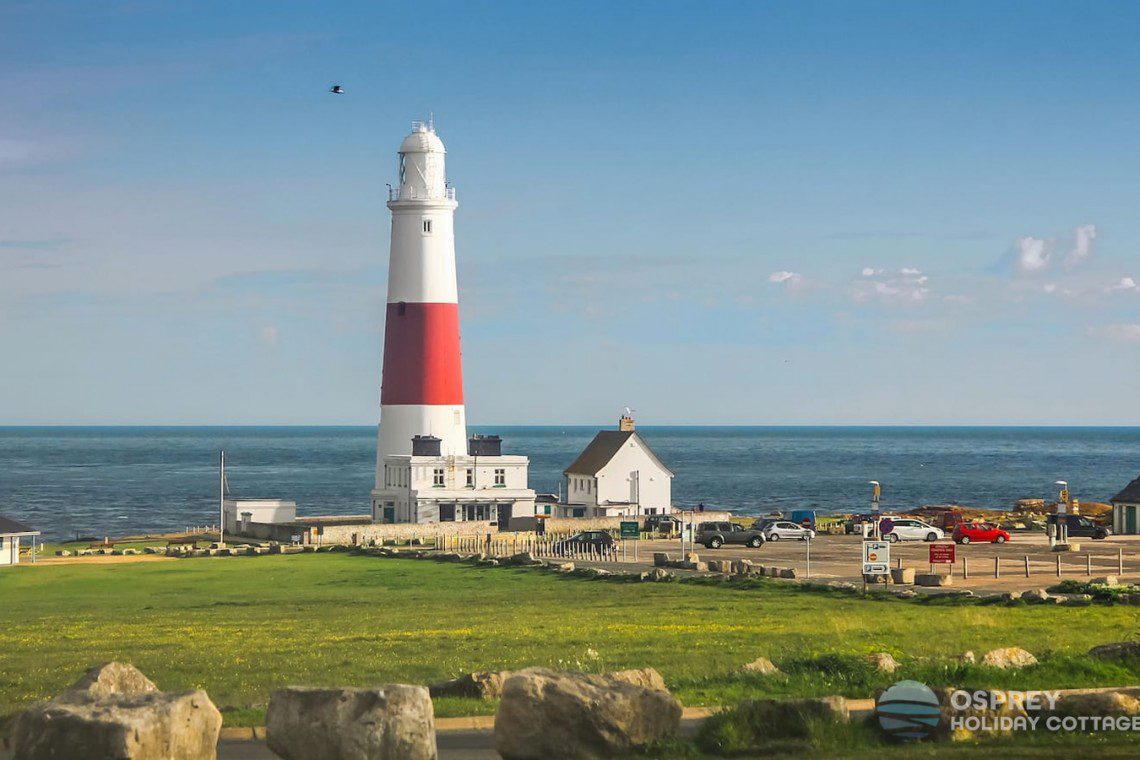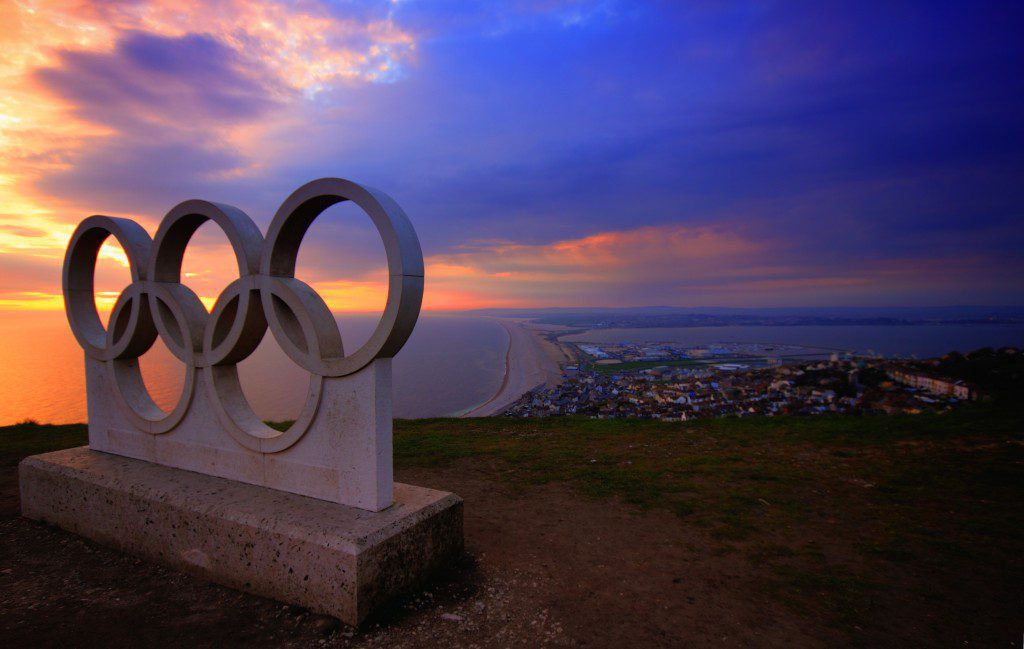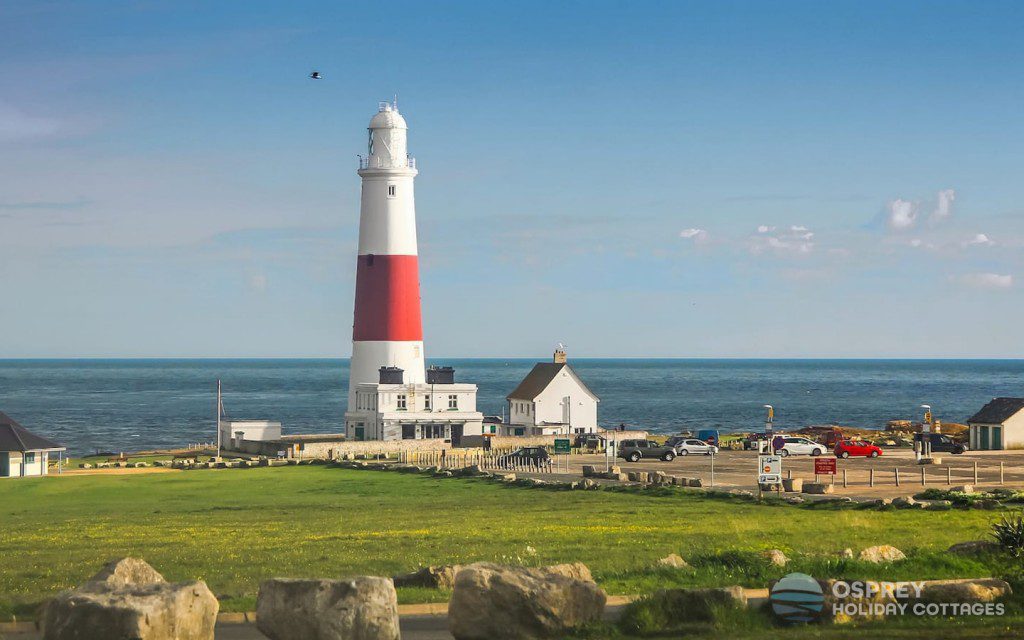A bit of Weymouth’s history
- March 28, 2022
- Local guides
Before booking your stay in Weymouth in Dorset, why not learn more about it? Read our guide to find out more! Weymouth... Read More

Before booking your stay on the Isle of Portland in Dorset, why not learn more about it? Read our guide to find out more!
Portland has been inhabited since at least the Mesolithic period (the Middle Stone Age) – there is archaeological evidence of Mesolithic inhabitants at the Culverwell Mesolithic Site, near Portland Bill, and of habitation since then. The Romans occupied Portland, reputedly calling it Vindelis.
Although the beginning of the Viking Age in England is dated to their raid in AD 793, when they destroyed the abbey on Lindisfarne, their first documented landing occurred in Portland four years earlier, in AD 789, as recorded in the Anglo-Saxon Chronicle. Three lost Viking ships from Hordaland (the district around Hardanger fjord in west Norway) landed at Portland Bill. The king’s reeve tried to collect taxes from them, but they killed him and sailed on.
Rufus Castle, standing over Church Ope Cove was built for William II of England (also known as William Rufus) soon after the conquest of England by his father William the Conqueror. None of that castle remains; the existing castle ruin dates from the 15th century.
In 1539 King Henry VIII ordered the construction of Portland Castle for defence against attacks by the French; the castle cost £4,964. It is one of the best-preserved castles from this period, and is opened to the public by the custodians English Heritage.
In the 17th century, chief architect and Surveyor-General to King James I, Inigo Jones, surveyed the area and introduced the local Portland stone to London, using it in his Banqueting House, Whitehall, and for repairs on St Paul’s Cathedral. His successor, Sir Christopher Wren, the architect and Member of Parliament for nearby Weymouth, used six million tons of white Portland limestone to rebuild destroyed parts of the capital after the Great Fire of London of 1666.

Well-known buildings in the capital, including St Paul’s Cathedral and the eastern front of Buckingham Palace feature the stone. After the First World War, a quarry was opened by The Crown Estate to provide stone for the Cenotaph in Whitehall and half a million gravestones for war cemeteries, and after the Second World War hundreds of thousands of gravestones were hewn for soldiers who had fallen on the Western Front.
There used to be railways at Portland, having been built in the early 19th century. The Merchant’s Railway was the earliest and it opened in 1826 (one year after the Stockton & Darlington railway). It ran from the quarries at the north of Tophill to a pier at Castletown, from where the Portland stone was shipped around the country. The Weymouth and Portland Railway was laid in 1865, and ran from a station in Melcombe Regis, across the Fleet and along the low isthmus behind Chesil Beach to a station at Victoria Square in Chiswell.
At the end of the 19th century the line was extended to the top of the island as the Easton and Church Ope Railway, running through Castletown and ascending the cliffs at East Weares, to loop back north to a station in Easton. The line closed to passengers in 1952, and the final goods train (and two passenger ‘specials’) ran in April 1965.
A lifeboat was stationed at Portland in 1826, but was withdrawn in 1851. Coastal flooding has affected Portland’s residents and transport for centuries — the only way off the island by land is along the causeway in the lee of Chesil Beach. At times of extreme floods (about every 10 years) this road link is cut off by the sea. The low-lying village of Chiswell used to flood on average every 5 years. Chesil Beach occasionally faces severe storms and massive waves, which have a fetch across the Atlantic Ocean.
Following two severe flood events in the 1970s, Weymouth and Portland Borough Council and Wessex Water decided to investigate the structure of the beach, and coastal management schemes that could be built to protect Chiswell and the beach road. In the 1980s it was agreed that a scheme to provide storm protection was needed and a gabion running 550 metres (600 yd) to the north of Chiswell, an extended sea wall in Chesil Cove, and a culvert running from inside the beach, underneath the beach road and into Portland Harbour, to divert flood water away from low-lying areas.
At the start of the First World War, HMS Hood was sunk in the passage between the southern breakwaters to protect the harbour from torpedo and submarine attack. Portland Harbour was formed (1848–1905) by the construction of breakwaters, but before that the natural anchorage had hosted ships of the Royal Navy for more than 500 years. It was “the home of the Asdics,” a centre for Admiralty research into asdic submarine detection and underwater weapons from 1917 to 1998; the shore base HMS Serepta was renamed HMS Osprey in 1927.
During the Second World War Portland was the target of 48 air raids and a total of 532 bombs, although most warships had moved north as Portland was within enemy striking range across the Channel.
Mulberry Harbour Phoenix Units can be seen at Black Barge beach, near Portland Castle. Portland was a major embarkation point for Allied forces on D-Day in 1944. Early helicopters were stationed at Portland in 1946–1948, and in 1959 a shallow tidal flat, The Mere, was infilled, and sports fields taken to form a heliport. The station was formally commissioned as HMS Osprey, which then became the largest and busiest military helicopter station in Europe. The base was gradually improved with additional landing areas and one of England’s shortest runways, at 229 metres (751 ft).
The naval base closed after the end of the Cold War in 1995, and the Royal Naval Air Station closed in 1999, although the runway remained in use for Her Majesty’s Coastguard Search and Rescue flights as MRCC Portland until 2014. It is now operated as a flight refuelling and training area (so keep an eye out for anything from classic to the latest military aircraft).

Portland lends its name to one of the BBC’s Shipping Forecast regions. On a stormy night, it’s easy to see why!
There are still two prisons on Portland: HMP The Verne, which until 1949 was a huge Victorian military fortress, and a Young Offenders’ Institution (HMYOI) on the Grove clifftop. This was the original prison (HMP Portland) built for convicts who quarried stone for the Portland Breakwaters from 1848.
We’re sure you’ll find when walking around the Island, you’ll find so much history – take a look around and explore
In order to get the best of Portland in Dorset, why not book your stay? You can walk around and really soak up the history, the view, the sun (not always guaranteed) and the local hospitality!
Join The Discussion